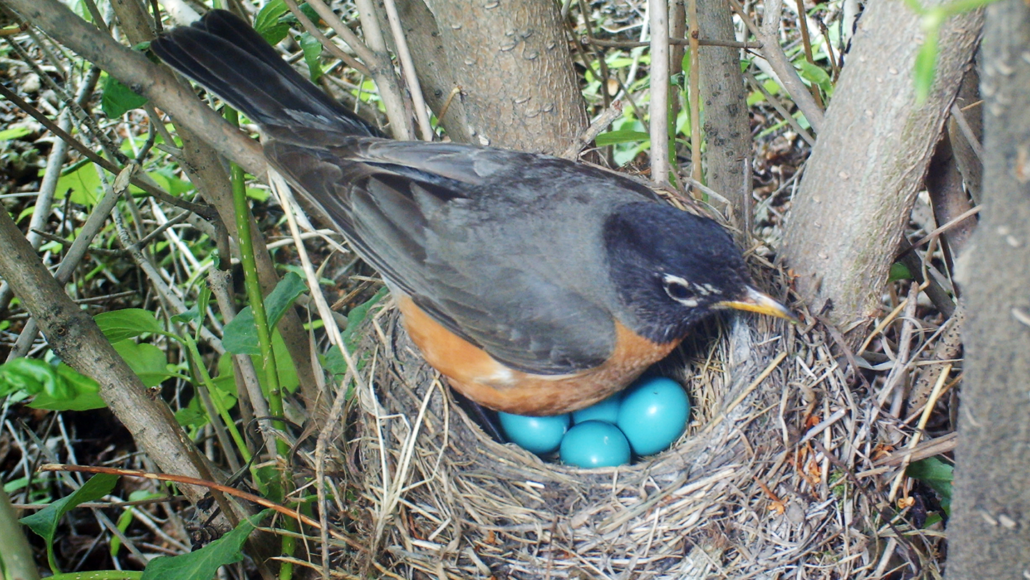birds: Warm-blooded animals with wings that first showed up during the time of the dinosaurs. Birds are jacketed in feathers and produce young from the eggs they deposit in some sort of nest. Most birds fly, but throughout history there have been the occasional species that don’t.
calcium: A chemical element which is common in minerals of the Earth’s crust and in sea salt. It is also found in bone mineral and teeth, and can play a role in the movement of certain substances into and out of cells.
develop: To emerge or to make come into being, either naturally or through human intervention, such as by manufacturing. (in biology) To grow as an organism from conception through adulthood, often undergoing changes in chemistry, size, mental maturity, size or sometimes even shape. (as with towns) The conversion of wildland to host communities of people. This development can include the building of roads, homes, stores, schools and more. Usually, trees and grasslands are cut down and replaced with structures or landscaped yards and parks.
dinosaur: A term that means terrible lizard. These ancient reptiles lived from about 250 million years ago to roughly 65 million years ago. All descended from egg-laying reptiles known as archosaurs. Their descendants eventually split into two lines. For many decades, they have been distinguished by their hips. The lizard-hipped line are believed to have led to the saurichians, such as two-footed theropods like T. rex and the lumbering four-footed Apatosaurus (once known as brontosaurus). A second line of so-called bird-hipped, or ornithischian dinosaurs, appears to have led to a widely differing group of animals that included the stegosaurs and duckbilled dinosaurs. But a new 2017 analysis now calls into question that characterization of relatedness based on hip shape.
egg: The unfertilized reproductive cell made by females.
fossil: Any preserved remains or traces of ancient life. There are many different types of fossils: The bones and other body parts of dinosaurs are called “body fossils.” Things like footprints are called “trace fossils.” Even specimens of dinosaur poop are fossils. The process of forming fossils is called fossilization.
medullary bone: A type of porous, spongy tissue that develops within the core of bones in birds that are preparing to lay eggs (and therefore female). The same tissue recently showed up in the fossil remains of a Tyrannosaurus rex.
porous: The description of a substance that contains tiny holes, called pores, through which a liquid or gas can pass. (in biology) The minute openings in the skin or in the outer layer of plants.
shell: The protective, hard outer covering of mollusk or crustacean (such as a mussel or crab), a bird’s egg or some other relatively soft tissue that needs protection (such as a tree nut or peanut). (in munitions) An explosive bullet, bomb, grenade or other projectile.
Tyrannosaurus rex: A top-predator dinosaur that roamed Earth during the late Cretaceous period. Adults could be 12 meters (40 feet) long.








